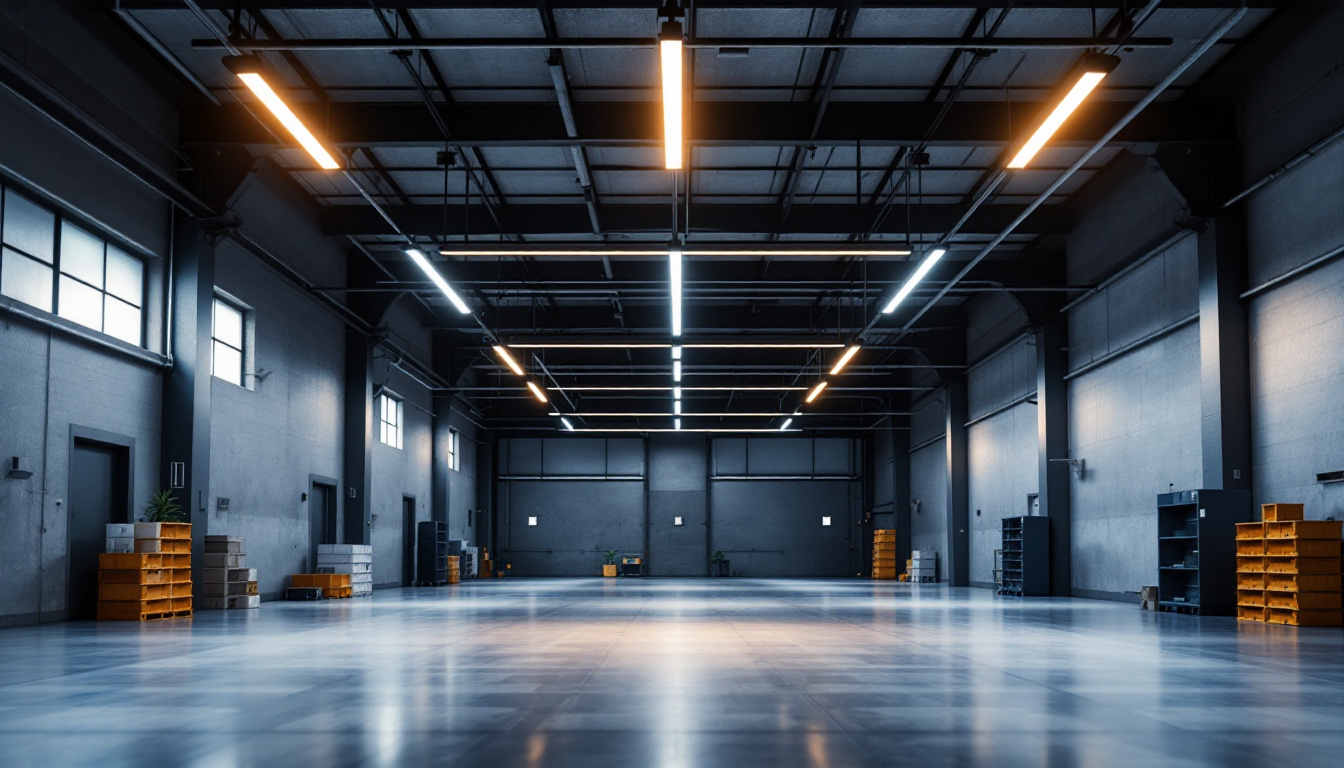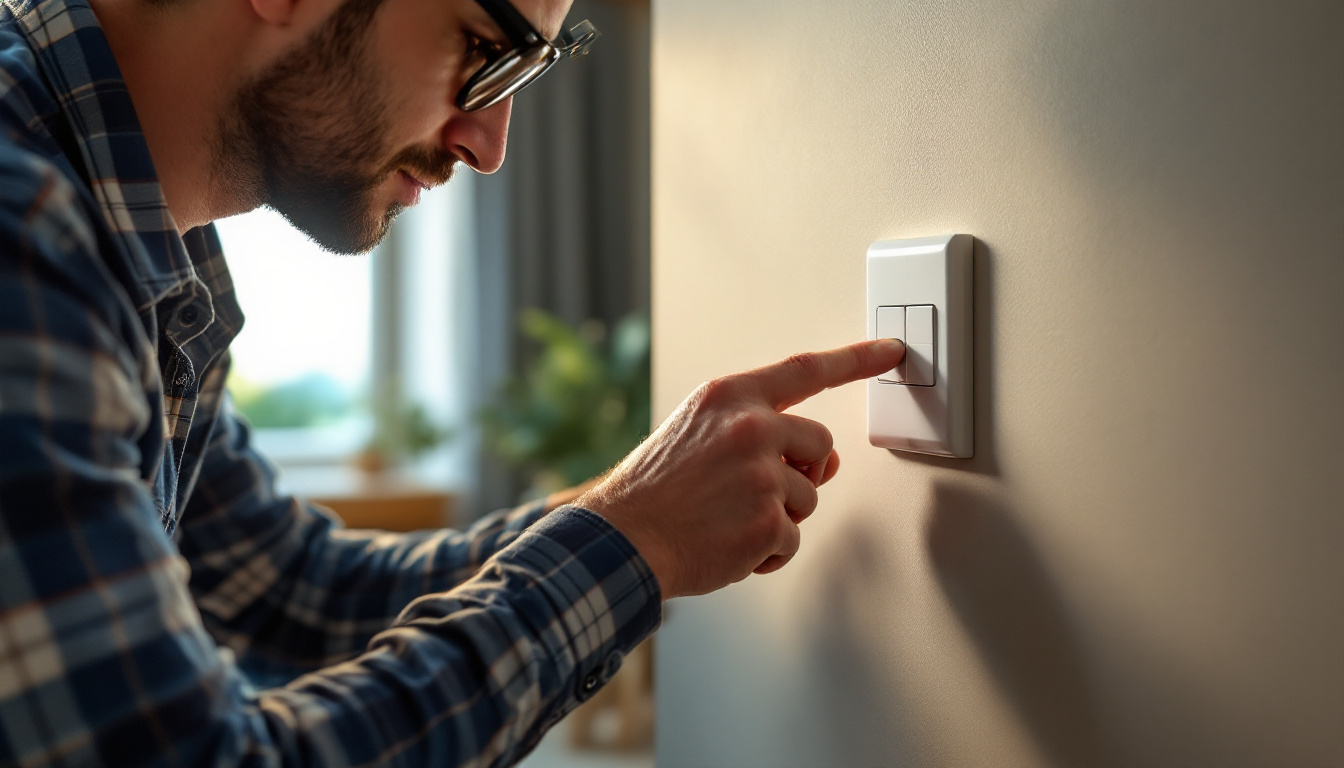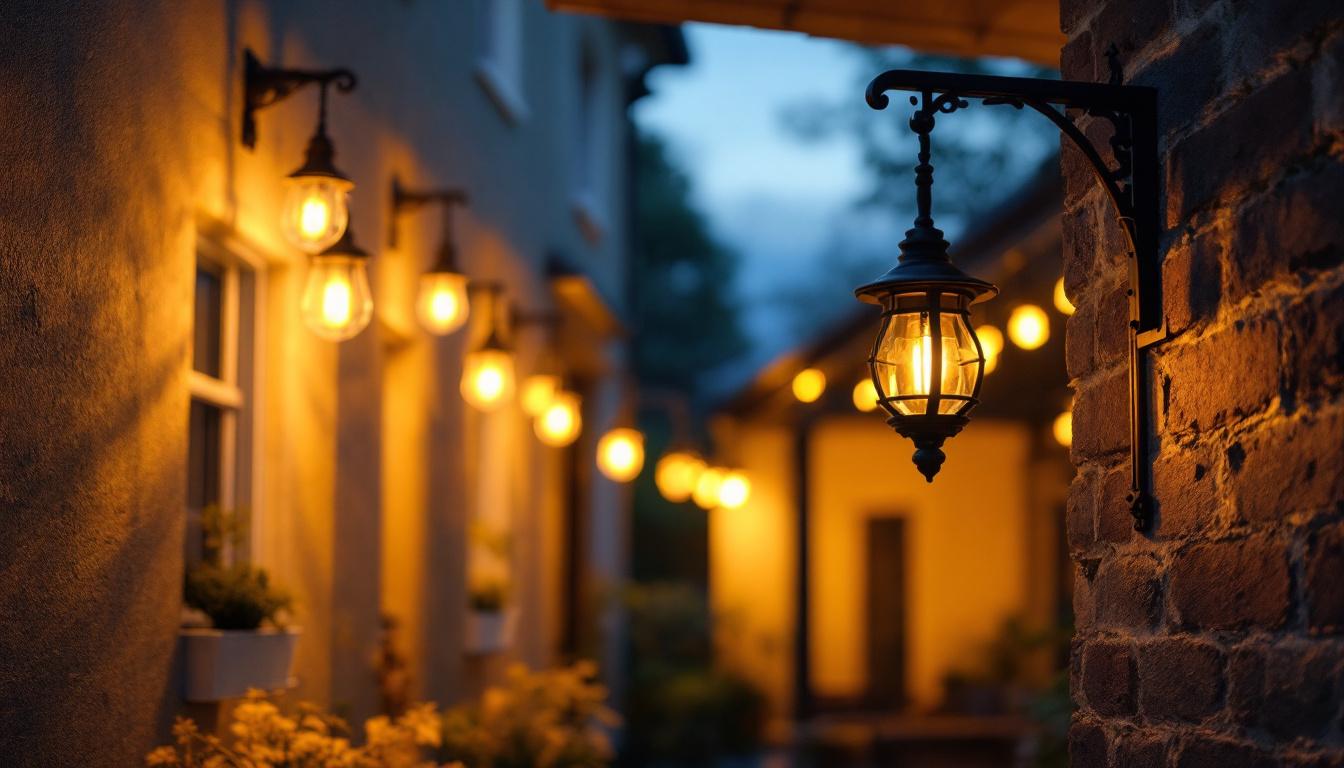The transition from fluorescent to LED lighting is becoming increasingly significant in the lighting industry, particularly for contractors who are looking to provide their clients with energy-efficient and cost-effective solutions. As technology advances and environmental concerns grow, understanding the benefits and implications of this conversion is essential for professionals in the field.
Fluorescent lighting has been a staple in commercial and residential settings for decades. It operates by exciting mercury vapor, producing ultraviolet light that then illuminates a phosphor coating inside the bulb. While effective, fluorescent lights have several drawbacks, including a shorter lifespan and the presence of harmful materials like mercury. Additionally, they can take time to warm up to full brightness and often flicker, which can be distracting in environments that require consistent lighting.
LED (Light Emitting Diode) technology, on the other hand, has revolutionized the lighting industry. LEDs are solid-state devices that emit light when an electric current passes through them. They are known for their longevity, energy efficiency, and minimal environmental impact, making them a preferred choice for modern lighting solutions. Unlike fluorescent lights, LEDs turn on instantly without any flickering, providing immediate illumination, which is particularly beneficial in spaces where lighting is frequently turned on and off.
One of the most compelling reasons to switch from fluorescent to LED lighting is the significant energy savings. LEDs consume up to 75% less energy than traditional fluorescent bulbs, which translates into lower electricity bills for clients. Additionally, the longer lifespan of LEDs—often exceeding 25,000 hours—means less frequent replacements, further reducing maintenance costs. This longevity also means that businesses can allocate their resources more efficiently, as they won’t need to budget for regular bulb replacements or the associated labor costs.
Moreover, LEDs emit light in a specific direction, which enhances their efficiency in applications where focused lighting is required. This directional lighting can reduce the need for multiple fixtures, simplifying installation and design considerations for contractors. The versatility of LED fixtures also allows for a variety of color temperatures and brightness levels, enabling designers to create the perfect ambiance for any setting, from warm and inviting residential spaces to bright and stimulating commercial environments.
As sustainability becomes a priority for many businesses and homeowners, the environmental benefits of LED lighting cannot be overlooked. Unlike fluorescent bulbs, LEDs do not contain toxic materials such as mercury, making them safer for disposal and reducing environmental hazards. Furthermore, the reduced energy consumption associated with LEDs contributes to lower greenhouse gas emissions, aligning with global efforts to combat climate change. The ability of LEDs to last longer also means that fewer resources are consumed in manufacturing, packaging, and transportation, further minimizing their carbon footprint.
For contractors, promoting the environmental advantages of LED lighting can enhance their reputation and appeal to eco-conscious clients. This shift not only benefits the planet but also positions contractors as leaders in sustainable practices within the industry. Additionally, many governments and organizations offer incentives for the adoption of energy-efficient lighting solutions, providing further financial motivation for clients to make the switch. By staying informed about these programs, contractors can offer valuable guidance to their clients, helping them navigate the transition to more sustainable lighting options while also maximizing potential savings.
While the benefits of LED lighting are clear, the transition from fluorescent to LED is not without its challenges. Understanding these hurdles is crucial for contractors to effectively guide their clients through the conversion process.
One of the primary concerns for clients considering the switch to LED lighting is the initial investment. Although the long-term savings on energy bills and maintenance costs are substantial, the upfront costs of LED fixtures can be higher than those of fluorescent options. Contractors must be prepared to educate clients about the return on investment (ROI) associated with LED lighting, emphasizing the long-term financial benefits.
Additionally, contractors should explore available rebates and incentives for LED installations, which can help offset initial costs and make the transition more appealing to clients. Many utility companies offer programs that provide financial assistance for energy-efficient upgrades, which can significantly reduce the overall expenditure. By staying informed about these programs, contractors can present a more compelling case for the switch to LED lighting, making it not just an environmentally friendly choice but also a financially savvy one.
Another challenge in the conversion process is ensuring compatibility between existing fixtures and new LED technology. Some fluorescent fixtures may require modifications or retrofitting to accommodate LED bulbs, which can complicate installation and increase labor costs.
Contractors should assess the current lighting infrastructure and provide clients with clear options for retrofitting or replacing fixtures. Offering a range of solutions can help clients make informed decisions that best fit their needs and budget. Furthermore, it is essential to consider the varying color temperatures and brightness levels available with LED lighting, as these factors can impact the ambiance of a space. Educating clients about the different options can enhance their satisfaction with the final outcome, ensuring that the new lighting not only meets functional needs but also aligns with their aesthetic preferences.
Moreover, the transition may also involve addressing issues related to dimming capabilities. Many fluorescent systems do not support dimmable LED bulbs, which can be a significant drawback for clients looking to maintain specific lighting atmospheres. Contractors should be proactive in discussing these aspects, helping clients understand the importance of choosing compatible dimming systems that work seamlessly with LED technology. This attention to detail can prevent future frustrations and contribute to a smoother transition overall.
Successfully transitioning from fluorescent to LED lighting requires careful planning and execution. By following best practices, contractors can ensure a smooth conversion process and maximize the benefits for their clients.
Before initiating any conversion project, conducting a comprehensive lighting audit is essential. This assessment involves evaluating the current lighting setup, identifying areas for improvement, and determining the specific needs of the space. By understanding the existing conditions, contractors can recommend tailored LED solutions that enhance functionality and aesthetics.
A lighting audit also provides an opportunity to discuss energy usage with clients, helping them understand the potential savings associated with LED technology. This knowledge can empower clients to make informed decisions about their lighting needs.
Education plays a vital role in the conversion process. Contractors should take the time to explain the various types of LED products available, including different color temperatures, brightness levels, and fixture designs. Clients may have preconceived notions about LED lighting based on older models, so showcasing the advancements in technology can help alleviate concerns.
Additionally, providing clients with samples or demonstrations of LED products can enhance their understanding and confidence in making the switch. By fostering an open dialogue, contractors can address any questions or hesitations clients may have, ultimately leading to a more successful conversion.
The shift from fluorescent to LED lighting is not just a trend; it represents a fundamental change in the lighting industry. As technology continues to evolve, the future of LED lighting holds even more promise for contractors and clients alike.
Advancements in LED technology are driving new possibilities for lighting applications. Features such as smart lighting, which allows users to control their lighting systems via mobile apps or voice commands, are becoming increasingly popular. These innovations offer enhanced convenience and energy savings, making LED lighting even more attractive to clients.
Moreover, the development of tunable white LEDs, which allow users to adjust the color temperature of their lighting, is revolutionizing how spaces are illuminated. This flexibility enables contractors to create customized lighting solutions that cater to the specific needs and preferences of their clients.
As the demand for energy-efficient lighting solutions grows, regulatory bodies are implementing stricter standards for lighting products. Contractors must stay informed about these changes to ensure compliance and provide clients with the most up-to-date solutions. Understanding the regulatory landscape will also help contractors navigate potential challenges and leverage opportunities for LED conversions.
By proactively adapting to these changes, contractors can position themselves as knowledgeable experts in the field, enhancing their credibility and attracting more clients.
The conversion from fluorescent to LED lighting is an essential evolution in the lighting industry, offering numerous benefits for contractors and their clients. By understanding the advantages, challenges, and best practices associated with this transition, lighting professionals can effectively guide their clients toward sustainable and cost-effective lighting solutions.
As the industry continues to evolve, embracing LED technology will not only enhance the services contractors provide but also contribute to a more sustainable future. By staying informed and adapting to the changing landscape, contractors can thrive in this dynamic market and meet the growing demands of their clients.
In conclusion, the shift to LED lighting is not just a trend; it is a necessary step toward a more energy-efficient and environmentally friendly future. Contractors who recognize and act upon this opportunity will position themselves as leaders in the lighting industry, paving the way for a brighter tomorrow.
Ready to lead the charge in the LED revolution? At LumenWholesale, we’re committed to equipping you with the highest quality, spec-grade LED lighting products at unbeatable wholesale prices. Say goodbye to local distributor markups and hello to a vast selection of reliable lighting that meets the most rigorous industry standards. With free shipping on bulk orders, we ensure that you get the premium lighting you need at the best value — all without hidden fees or compromises. Don’t wait to make the switch; visit LumenWholesale today and experience the ideal combination of quality, affordability, and convenience for all your lighting projects.

Explore the rising significance of linear high bay lights in the lighting industry.

Explore the top challenges lighting contractors face with button switch lights, from installation complexities to energy efficiency concerns.

Discover the frequent pitfalls lighting contractors face when working with 4 lamp T8 ballasts.

Discover essential insights for lighting contractors on selecting and installing exterior hanging light fixtures.